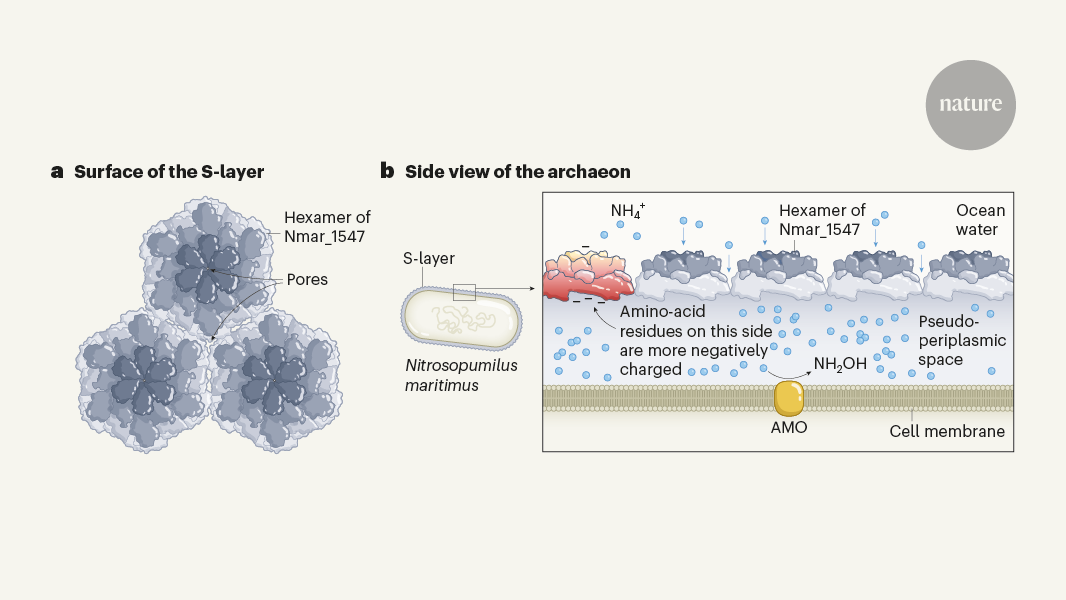Microbes Use Ion Sieving on Their Surface to Initiate the Nitrogen Cycle
The article discusses new insights into a key part of the nitrogen cycle, which is crucial for sustaining life. Nitrogen is an essential element, and understanding the factors that regulate its capture and cycling in ecosystems is an important area of research.
The authors, von Kügelgen et al., describe how microbes use a process called "ion sieving" on their surface to initiate the nitrogen cycle. This involves the selective transport of specific ions across the microbial cell membrane, which helps drive the conversion of nitrogen-containing compounds into more readily available forms.
The ion sieving mechanism allows microbes to concentrate certain ions, such as ammonium, on their surface. This concentration gradient then facilitates the subsequent steps in the nitrogen cycle, such as nitrification and denitrification, which convert nitrogen compounds into forms that can be utilized by other organisms.
The researchers used a combination of experimental and computational approaches to elucidate the details of this ion sieving process. Their findings provide valuable insights into the fundamental microbial mechanisms that underpin the nitrogen cycle, which is a critical component of ecosystem function and sustainability.
Customize Summary
Rewrite with AI
Generate Citations
Translate Source
To Another Language
Generate MindMap
from source content
Visit Source
www.nature.com
Microbes ‘sieve’ ions on their surface to start the nitrogen cycle
Key Insights Distilled From
by Henry van de... at www.nature.com 05-29-2024
https://www.nature.com/articles/d41586-024-01351-7
Deeper Inquiries
